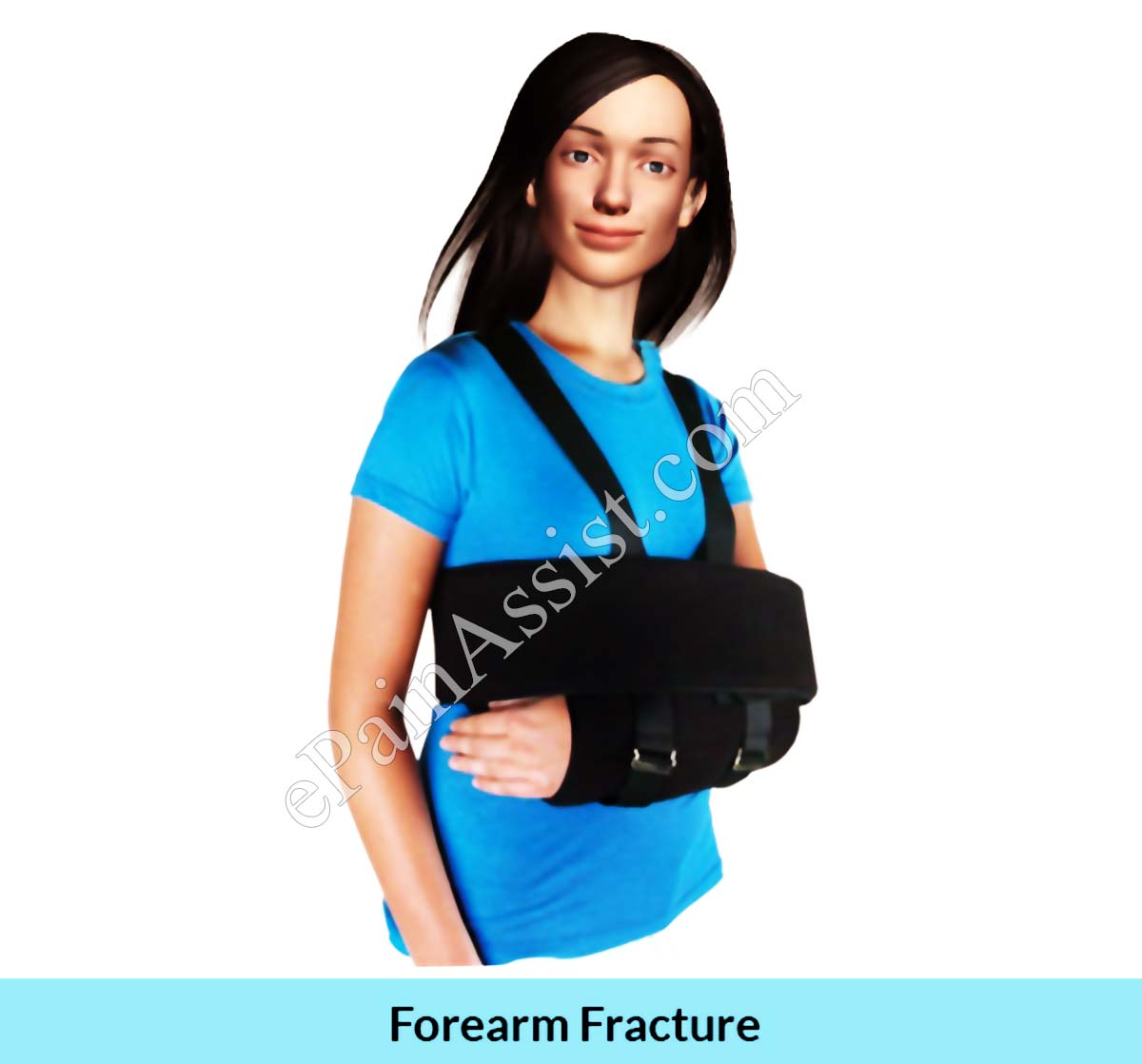What is Broken Forearm or Forearm Fracture?
The forearm comprises of 2 bones, radius and ulna. Fracture to either of these bones results in a forearm fracture. The function of both these bones is correct movement of the elbow and wrist joints. The muscles of the upper extremity also attach to these bones. Radius is more commonly fractured than the ulna, as it is a ‘weight bearing’ bone.
Symptoms of Broken Forearm or Forearm Fracture
- Instant pain after falling onto an outstretched hand or upon great force to the arm.
- Worsening pain upon movement of the arm or wrist.
- Swelling may appear.
- Numbness may be present.
- In case of bone displacement, the arm may appear crooked or deformed.
- If an end of the bone ruptures through the skin, it results in a compound fracture.
Causes of Broken Forearm or Forearm Fracture
- Falling onto an outstretched hand or arm.
- Direct impact to the forearm commonly seen in sports injuries or car accidents.
- Occupational injuries may also result in forearm fracture.
Treatment for Broken Forearm or Forearm Fracture
- In case of a fracture, patient should seek immediate medical attention.
- The arm should be kept in a sling to immobilize it.

- X-rays and physical examination confirm the diagnosis of a fracture.
- In case of a simple fracture, a cast is applied for 4 to 8 weeks to immobilize the arm so it can heal faster.
- NSAID’s such as ibuprofen, naproxen, or other pain medications can be given for pain relief.
- If the bones are displaced, manipulation or surgery is required to bring them back into position and for proper healing.
- During the surgery, the bones are pinned or plated together.
- The arm is then immobilized with the help of a sling.
- After the healing is complete, patient should enroll into a rehab program and start mild exercises to improve range of motion and build up muscle strength.
